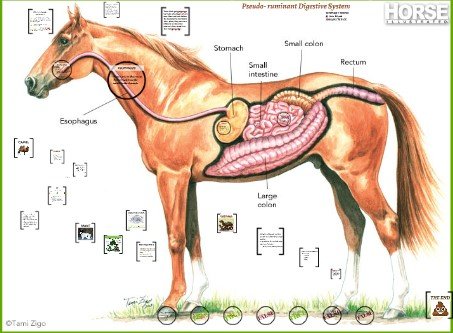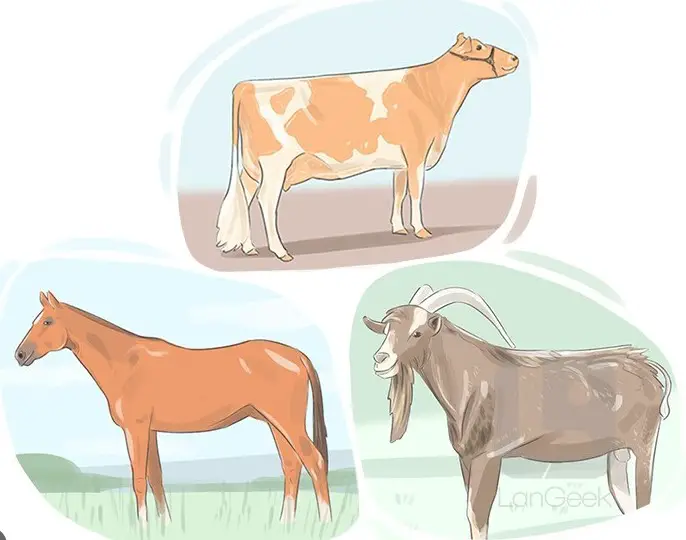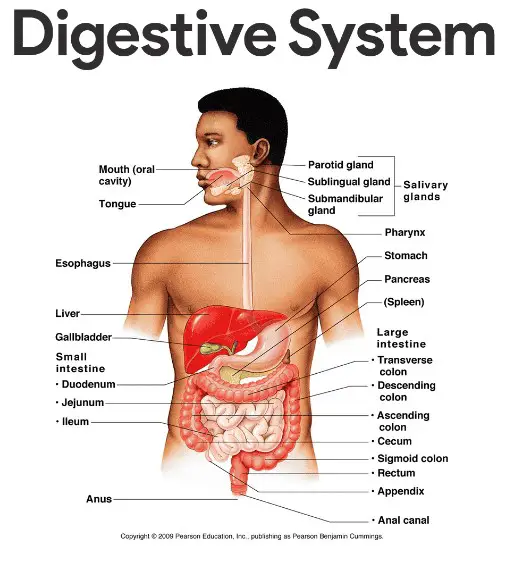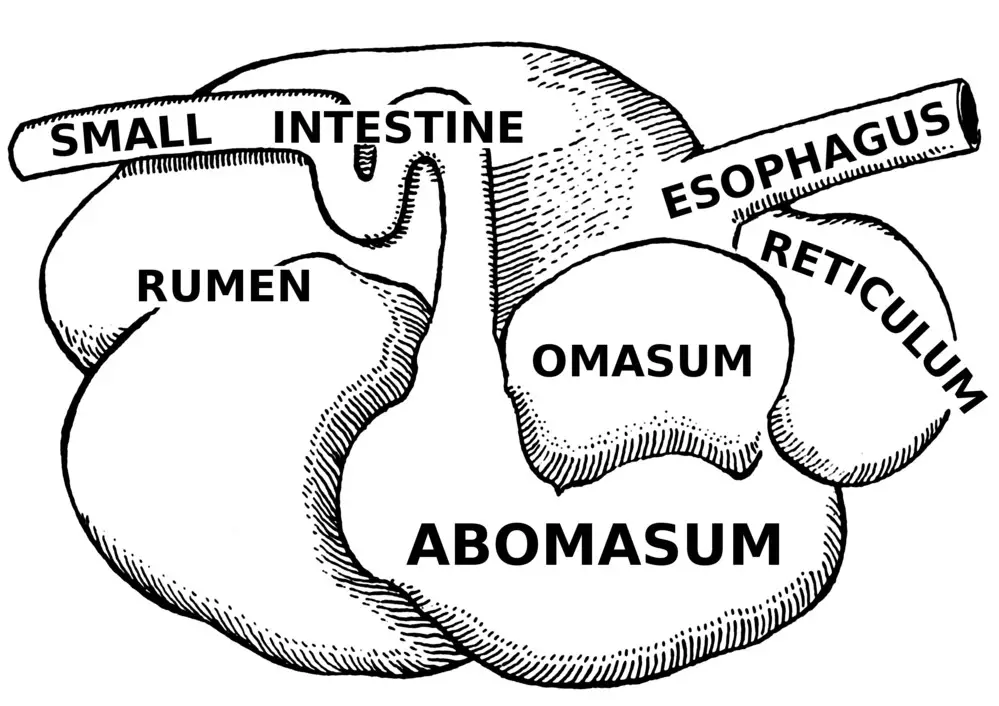Pseudo-ruminants and ruminants are both animals with digestive systems that are adapted to break down plant material and extract nutrients from them. However, there are some important differences between the two. In this blog, we will explore these differences and discuss how they affect the digestive systems of animals.
We will also look at how the two systems differ in terms of their efficiency and efficiency of nutrient extraction. Ultimately, we will gain a better understanding of how these two systems work and how they can be used to the advantage of both animals and humans alike.
Definition of pseudo-ruminants

Pseudo-ruminants are animals that use a digestive system similar to ruminants, but without the presence of a four-chambered stomach. Instead, they have a simple, single-chambered stomach like other non-ruminants. While the digestive process is similar in some ways, the two systems have several different characteristics that set them apart.
While the digestive process is similar in some ways, the two systems have several different characteristics that set them apart. Pseudo-ruminants have a shorter digestive tract, resulting in a higher rate of food passage, and they are also unable to ferment cellulose. This makes them less efficient in digesting plant matter than true ruminants.
Additionally, pseudo-ruminants lack the ability to regurgitate and re-chew their food, which is a key feature of the ruminant digestive system.
Definition of ruminants

Ruminants are a type of mammal that have a unique digestive system that allows them to break down and digest tough plant materials. Ruminants are characterized by a four-compartment stomach, with the first compartment being the rumen.
This system allows the animal to break down tougher plant materials, such as grasses, by fermenting them in the rumen and passing them to the other compartments for further digestion. In contrast, pseudo-ruminants, such as horses, have only one stomach compartment and lack the ability to break down tough plant materials.
This difference is why ruminants are able to graze on grasses and other tough plant materials, while horses and other pseudo-ruminants are often limited to softer forages.
Anatomy of the digestive system

The digestive system is a complex network of organs that work together to break down food and absorb nutrients. Two major systems of digestion, the pseudo-ruminant and the ruminant systems, exist to help organisms process their food.
The pseudo-ruminant system is found in animals such as pigs and horses, and relies on the grinding action of the teeth to break down food. The ruminant system, on the other hand, is found in animals such as cows and sheep, and relies on the fermentation of food in the rumen to break down the food.
Both systems have their advantages and disadvantages, but the key difference is the way in which food is broken down.
Nutritional differences

When it comes to nutrition, there is a big difference between pseudo-ruminants and true ruminants. While both types of animals are able to digest grasses and other plants, the way in which they do it is quite different.
Pseudo-ruminants, such as horses, donkeys, and camels, have a single-chambered stomach and rely on microbial fermentation in their intestines to digest plant matter. This difference in digestion means that the nutritional value of the food they consume can vary significantly between the two.
Benefits of pseudo-ruminant systems
Pseudo-ruminant systems are increasingly becoming popular amongst agriculturalists and livestock owners for their unique benefits. These systems are designed to mimic the digestive process of ruminants, such as cows and goats, but without the need for actual livestock. This offers a number of advantages, from cost savings to improved sustainability.
This offers a number of advantages, from cost savings to improved sustainability. The primary difference between pseudo-ruminant and traditional ruminant systems is the use of microbial fermentation to break down plant material and convert it into useable nutrients. Pseudo-ruminants also rely on microbial fermentation to break down cellulose, making them more efficient at extracting nutrients from feed than traditional ruminants.
Additionally, the microbial fermentation process produces fewer waste products than traditional ruminant digestion, resulting in a more sustainable system. Finally, the use of pseudo-ruminants can lead to significant cost savings, as they require less land and less labor than traditional ruminant systems. In conclusion, pseudo-ruminant systems offer a range of benefits, from cost savings to improved sustainability.
Final Touch
In conclusion, the differences between pseudo-ruminant and ruminant systems can be seen in their digestive processes and the types of food they consume. Pseudo-ruminants, such as horses, donkeys, and camels, have a simple, one-chamber stomach and feed mainly on grasses and other plant material. Ruminants, such as cows, sheep, and goats, have a four-chamber stomach and feed mainly on grasses and other plant material, as well as grains and other forms of concentrated feed.
Ruminants, such as cows, sheep, and goats, have a four-chamber stomach and feed mainly on grasses and other plant material, as well as grains and other forms of concentrated feed. Both systems are efficient and allow their respective animals to make the most of their food sources.

